Table of Contents
- What You Need to Know First
- Pepper Heat Comparison Chart
- Best Hot Peppers for Cooking
- Best Mild Peppers for Beginners
- How to Handle Hot Peppers Safely
- Pepper Uses by Heat Level
- Finding Your Perfect Pepper Match
Pepper Heat Levels Explained: What Home Cooks Actually Need to Know
Confused about which peppers to use? You're not alone. Most home cooks struggle with pepper heat levels, but the answer isn't complicated. The key is understanding three simple categories: mild peppers (under 5,000 Scoville units) for everyday cooking, medium peppers (5,000-100,000 units) for balanced heat, and extreme peppers (over 100,000 units) that require special handling. This guide cuts through the confusion with practical advice you can use immediately in your kitchen.
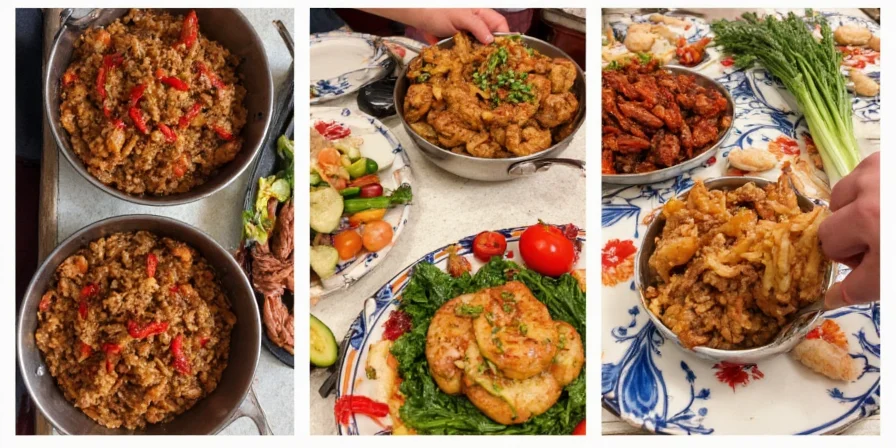
Pepper Heat Scale Made Simple
- Family-Friendly (0-5,000 SHU): Bell peppers, poblanos, shishitos - perfect for beginners and kids
- Everyday Heat (5,000-30,000 SHU): Jalapeños, serranos - great for salsas and Mexican dishes
- Special Occasion Heat (30,000-350,000 SHU): Habaneros, Scotch bonnets - use sparingly for tropical flavors
- Extreme Heat (1,000,000+ SHU): Carolina Reaper, Scorpion - not for regular cooking
| Pepper Name | Heat Level (SHU) | Best For | Flavor Profile |
|---|---|---|---|
| Carolina Reaper | 1,400,000-2,200,000 | Hot sauces (tiny amounts) | Sweet then intense burning |
| Habanero | 100,000-350,000 | Tropical salsas, jerk seasoning | Fruity with citrus notes |
| Jalapeño | 2,500-8,000 | Guacamole, nachos, poppers | Grassy, smoky when roasted |
| Shishito | 500-2,000 | Blistered as appetizer, Asian dishes | Earthy, occasionally spicy |
| Bell Pepper | 0 | Stuffed peppers, stir-fries, salads | Sweet, crisp |

Best Hot Peppers for Cooking (Without Burning Your Mouth)
1. Jalapeño – Your Kitchen Workhorse
Most grocery stores carry jalapeños, making them the perfect starting point. Remove the seeds and white ribs to cut heat by 80%. Roast them for milder, smokier flavor - perfect for salsas, nachos, and stuffed poppers. One jalapeño typically equals 1-2 serranos in recipes.
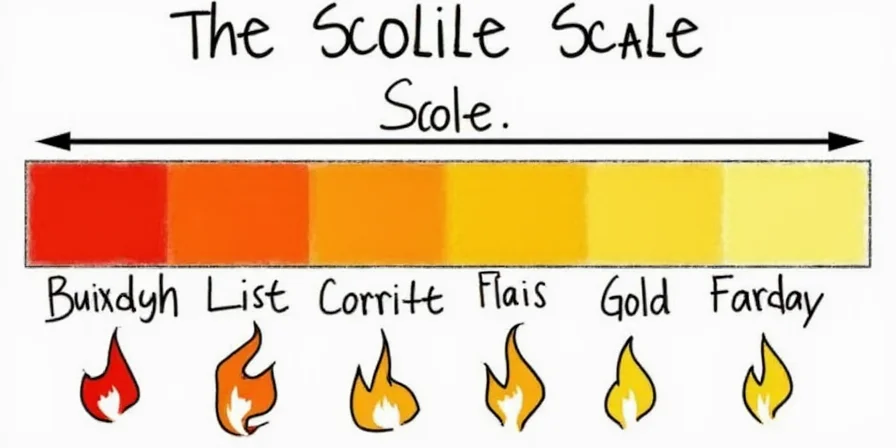
2. Habanero – Tropical Flavor Without Overwhelming Heat
Despite being 10-50x hotter than jalapeños, habaneros taste fruity rather than just hot. Use just 1/4 of a habanero to replace one jalapeño. The orange variety works best in Caribbean and tropical recipes. Never touch your face after handling - these require caution!

Hot Pepper Safety Tip: The 1-in-10 Rule
When substituting hotter peppers, remember: what seems like a small increase in Scoville units creates a massive jump in actual heat. One habanero equals about 20 jalapeños! Start with tiny amounts and taste as you go.
Best Mild Peppers for Beginners (Perfect for Family Meals)
1. Bell Peppers – The Ultimate Starter Pepper
Available in multiple colors (each with slightly different flavors), bell peppers contain zero capsaicin - they're completely heat-free. Green bells are more bitter, while red, yellow, and orange are sweeter. Slice for salads, stuff for dinners, or roast for Mediterranean dishes.
2. Shishito Peppers – The Fun Party Pepper
These Japanese peppers are mostly mild (500-2,000 SHU), but about 1 in 10 packs a surprise heat kick. Simply toss with oil and salt, then blister in a hot pan - they're ready in 5 minutes. Serve as an appetizer with lemon wedges.
How to Handle Hot Peppers Safely (What Most Guides Get Wrong)
- Wear gloves when handling extreme peppers: Latex or nitrile works best - regular kitchen gloves aren't enough for habaneros and hotter
- Never use water to wash hands after hot peppers: Capsaicin (the heat compound) is oil-based. Use rubbing alcohol or vinegar first, then soap and water
- Cooking doesn't always reduce heat: Mild peppers like jalapeños get milder when cooked, but habaneros and hotter can get MORE intense
- Dairy is your friend: Milk, yogurt, or sour cream neutralizes heat better than water. Have some ready when tasting!
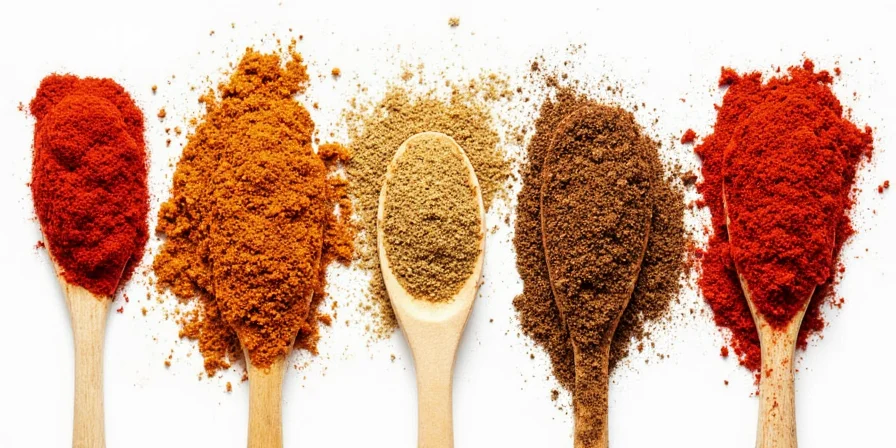
Practical Pepper Uses by Heat Level
Match your pepper choice to your cooking method for best results. The timing matters as much as the pepper type!
Mild Pepper Applications (0-5,000 SHU)
- Add bell peppers early in cooking to develop sweetness
- Stuff poblanos before roasting to seal in moisture
- Blister shishitos at very high heat for perfect char
Medium Heat Applications (5,000-30,000 SHU)
- Add jalapeños to salsas after chopping (heat develops over time)
- Remove seeds from serranos for milder flavor in sauces
- Roast jalapeños for smoky chipotle-like flavor
Hot Pepper Applications (100,000+ SHU)
- Use habaneros in small amounts for tropical salsas
- Add extreme peppers at the VERY END of cooking
- Make infused oils with extreme peppers (use extreme caution)
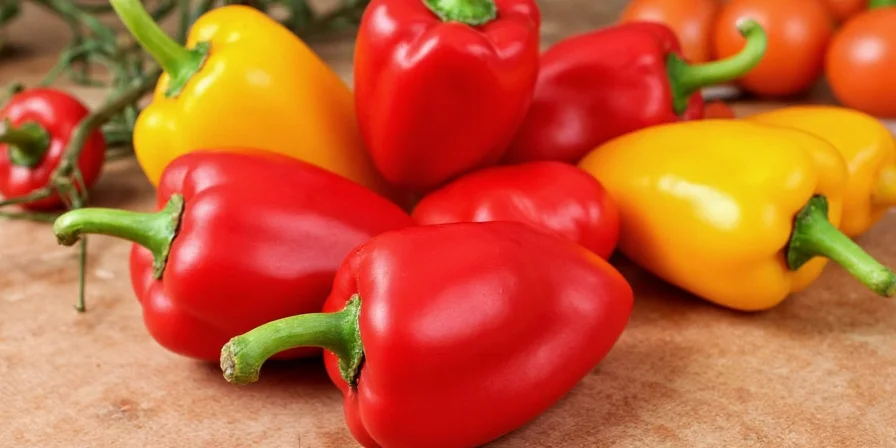
Finding Your Perfect Pepper Match
Don't be intimidated by pepper heat levels. Start with mild peppers like bell or shishito, then gradually experiment with jalapeños. Most home cooking only needs peppers up to 30,000 SHU - habaneros and hotter should be used sparingly. Remember that seed removal cuts heat dramatically, and dairy neutralizes heat if you go too far. The best approach is to taste as you cook, starting with small amounts of hotter peppers. Your perfect pepper depends on your personal tolerance and the dish you're making - there's no single "best" pepper, just the right pepper for your needs.
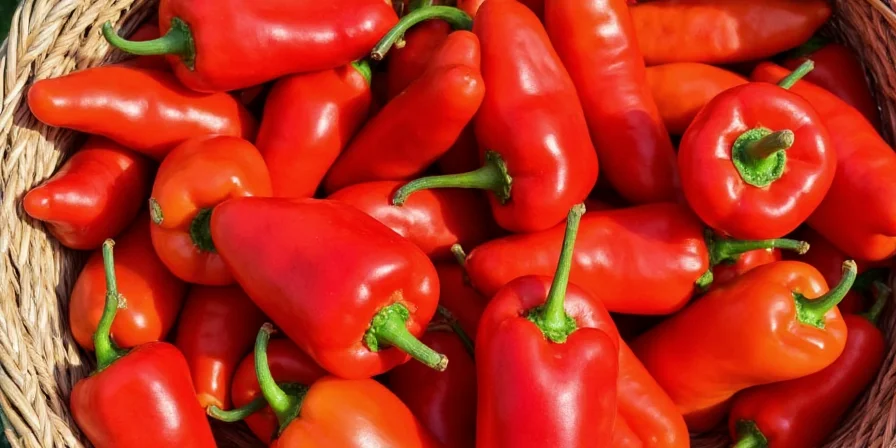

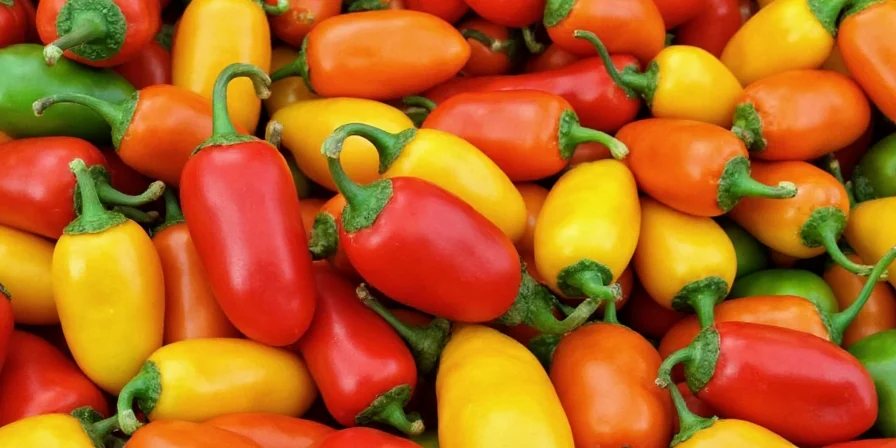









 浙公网安备
33010002000092号
浙公网安备
33010002000092号 浙B2-20120091-4
浙B2-20120091-4